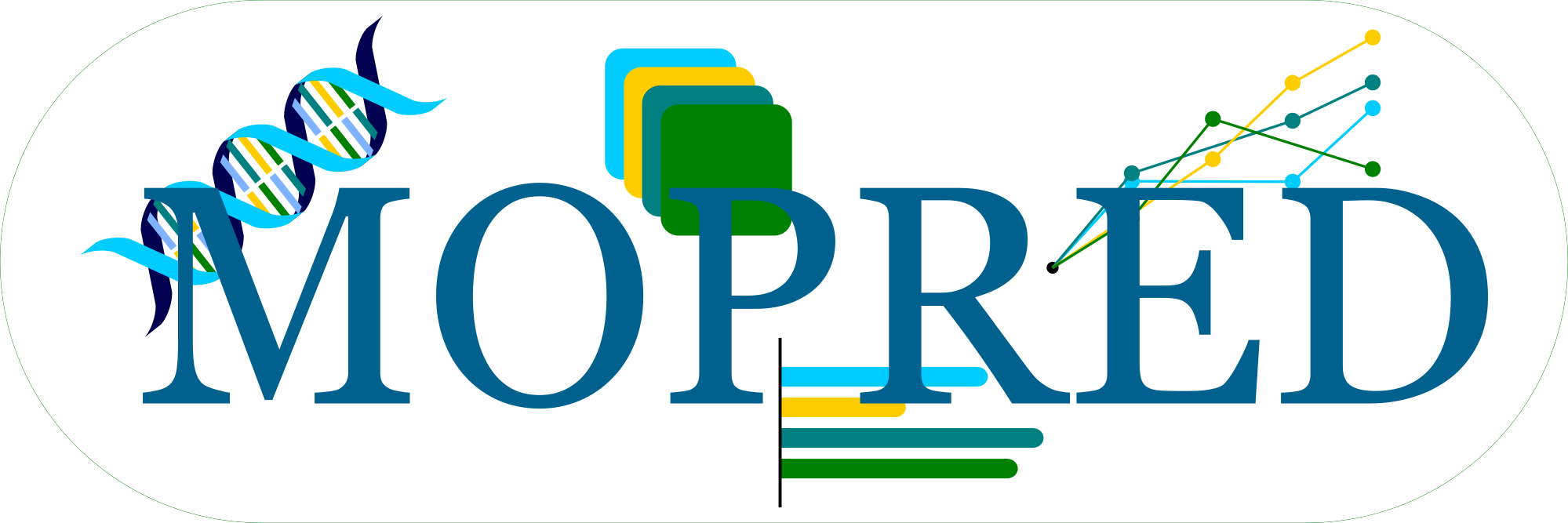Welcome to the MOPRED Hackathon, a hackathon dedicated to exploring practical applications of multimodal data analysis in medicine. In this event, participants will explore the integration and analysis of different types of mutimodal data using different approaches. Join us for a day of collaborative problem solving!
Organisers: Prof. Marcel Schulz, Prof. Florian Buettner Register Here
Visualization of neural network model output
Neural networks are powerful learners of non-linear functions that outcompete simpler approaches for many tasks. But how can we understand what a neural network model has learned? Using pre-trained Convolutional Neural Network (CNN) models, which have been learned to predict gene expression, can we understand which genomic regions are important for gene regulation? Are there interactions between regions that the model has learned? The task is to use scores from explainable AI (XAI) methods (like SHAP) and add additional data sources (cell type info, gene expression, 3D chromatin interaction data) to try to understand what the model has learnt. Can we be as smart as the network?

Can we predict the epigenome from RNA expression?
Modern technologies allow to profile RNA expression in single cells and nowadays even in spatial tissue slides. However, profiling epigenome activity at the same time is challenging and often rarely done. Using a large epigenome resource, we ask if we can predict the epigenomic activity of a chromosome region just from the RNA expression of the genes in the vicinity? This problem has received little attention, but would have many applications.

Can we relate molecular information to patient outcome?
Modern high-throughput technologies allow for a comprehensive molecular profiling of patients, which has the potential to explain differences in patient outcome. We have collected multi-omics data from 2 large cohorts of patients with acute myeloid leukemia (AML). The task is to find interpretable sources of variation that can explain differences in outcome. You will build on latent variable tools like muvi to train your model on the training cohort and test it on an independent validation cohort of patients. Software: https://github.com/MLO-lab/MuVI (consider installing this if you are interested in this project).


